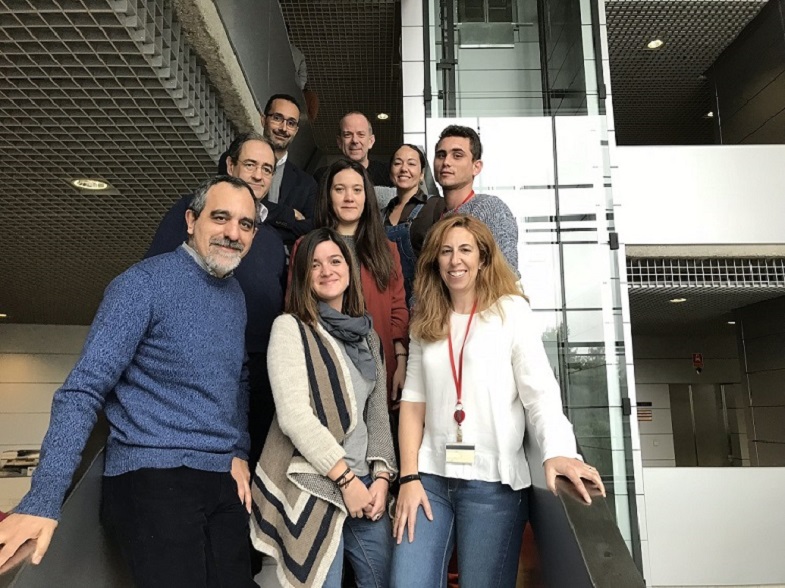Science Translational Medicine: CNIC scientists identify a promising target for the treatment of heart failure
The study is published in Science Translational Medicine and was conducted by researchers at the Centro Nacional de Investigaciones Cardiovasculares Carlos III (CNIC)
Researchers at the Centro Nacional de Investigaciones Cardiovasculares Carlos III (CNIC) led by Dr. José Antonio Enríquez have described a new therapeutic target for the prevention of heart failure, one of the leading causes of death and disability in the world. The new target, a mitochondrial protease called OMA1, is activated when the heart is under stress. Inhibition of OMA1 protects cardiomyocytes (the muscle cells of the heart), preventing their death and stemming the deterioration in heart function. The study is published in Science Translational Medicine.
Cardiovascular diseases constitute the main cause of death in industrialized societies. One of the most serious cardiovascular diseases is heart failure, which is the third leading cause of death in Spain. Heart failure is the inability of the heart to adequately meet the energy demands of the body. Current treatment guidelines recommend changes in lifestyle, dietary restrictions, and various medical treatments. Unfortunately, the success of these approaches is limited and varies from patient to patient. Because of this, a major economic and scientific effort is directed at identifying the cause of heart failure and ways to prevent it.
Correct heart function requires a sufficient contractile capacity and a constant and controlled production of energy to supply all tissues with the oxygen they need. Mitochondria are subcellular organelles that coordinate both energy production and the availability of calcium for contraction.
Mitochondria are also the main producer in the cell of reactive oxygen species (ROS), which are toxic when produced in large quantities. To ensure the correct function of the muscle cells in the heart, mitochondria need to maintain a defined internal structure and be able to prevent excessive ROS production during intensive contraction brought on by a high workload, hypertension, or other stress situations.
In the study, the research team led by Dr. Enríquez evaluated 3 independent models of heart failure that present distinct symptoms: chronic tachycardia, chronic hypertension, and myocardial ischemia with cardiac hypertrophy. Regardless of the source, stress induced heart injury in all 3 models. First author Dr. Rebeca Acín Pérez explained: “Independently of the initial cause of heart failure, the 3 models undergo key changes related to mitochondria.” These changes consist of an increase in mitochondrial ROS production followed by changes in the morphology of the inner mitochondrial membrane and a loss of energy-generating capacity, leading to cardiomyocyte death.
Inhibition of OMA1 protects cardiomyocytes, preventing their death and the deterioration in heart function characteristic of heart failure
The research team found that the changes in mitochondrial inner membrane morphology require the activation of the protease OMA1. Acín Pérez explained that “there is just one OMA1 substrate described to date, OPA1, a mitochondrial protein responsible for maintaining the characteristic folds, or cristae, in the inner membrane.” In the study, the elimination of OMA1 prevented heart failure in all 3 models studied, demonstrating a direct role in the protection of cardiomyocytes. The new results identify OMA1 as a promising target for the treatment of heart failure.











